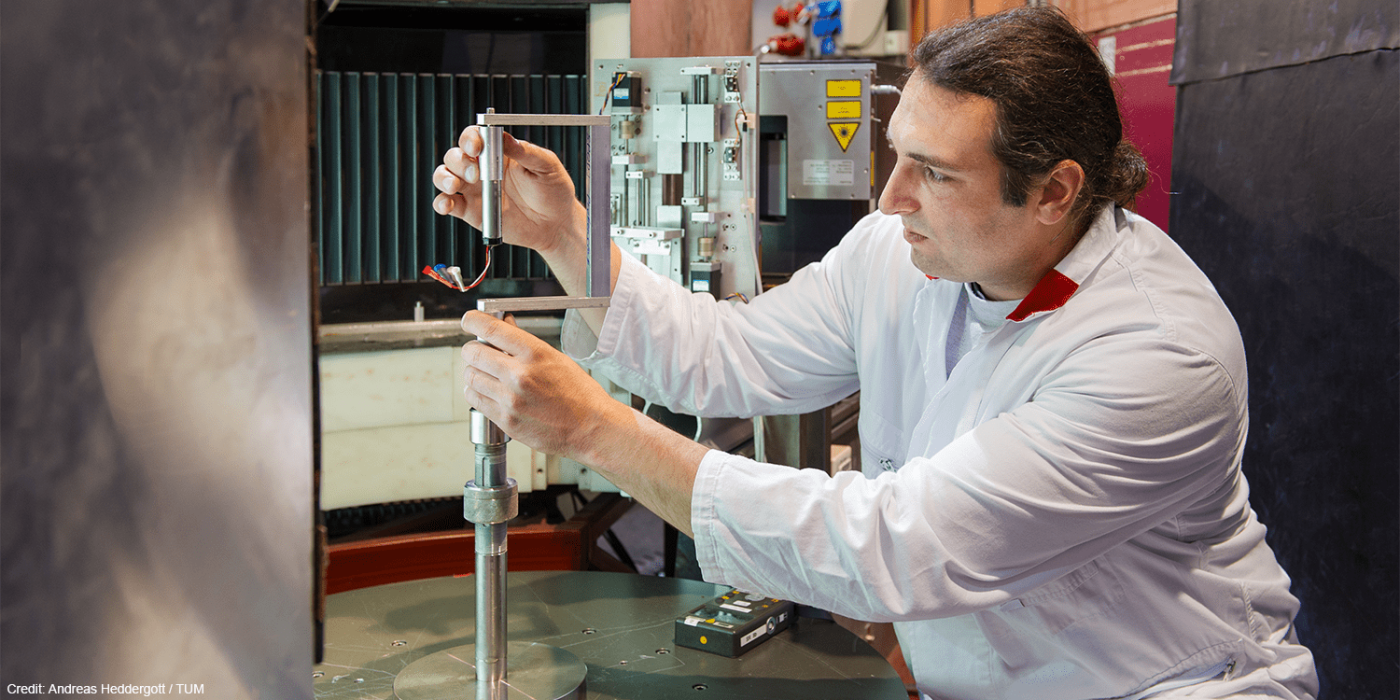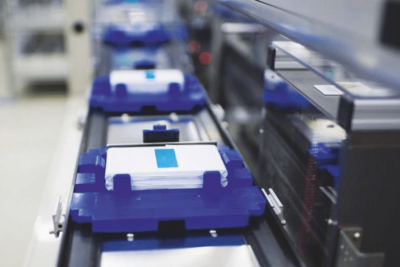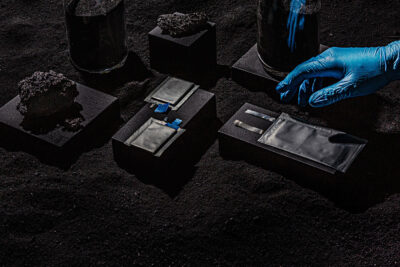Researchers find lithium distributes unevenly in batteries
Investigations by a German-American research team now show that the electrolyte fluid decomposition products intercept the mobile lithium in the battery and that lithium is surprisingly unevenly distributed in the cell.
Especially the latter is an important finding, since theoretical models, calculations or measurements have so far mostly assumed an even distribution of lithium. Now the investigations carried out in Germany at the Technical University of Munich (TUM), among others, revealed that the lithium is very unevenly distributed from the start and that the inhomogeneity even increases over time.
The researchers came to this conclusion with a new measuring technique, neutron diffraction. Using the Heinz Maier-Leibnitz Research Neutron Source (FRM II) at TUM, the researchers were able to visualise the processes inside the cell without directly interfering with the sensitive system of the battery cell. The processes inside a lithium-ion cell, such as a decomposing electrolyte or the distribution of lithium, occur during charging and discharging, and are difficult to observe outside the cell due to the cell components’ high reactivity to oxygen and humidity.
The researchers examined a cylindrical cell more closely for their measurements, both in a new state and after 600 cycles. Already in the new state, it became apparent that the lithium ions and the electrolyte concentration are unevenly distributed not only radially, but also along the length of the cell. The distribution remains uneven after the 600 cycles, even if the concentration changes (locally even very strongly in some hotspots).
This finding can now be used for what the researchers say will represent a significant improvement in Li-ion cells’ modelling, says TUM. The researchers describe how, based on the lithium distribution, statements can also be made about the storage capacity of the lithium-ion cell. They explain that these results are an important basis for making future rechargeable batteries more efficient, durable and robust.
In terms of capacity loss, the neutron experiments revealed a linear relationship between the loss of mobile lithium ions and the decomposition of the electrolyte. The electrolyte can decompose as an unwanted side reaction. The decomposition products deposit lithium atoms, which are then no longer available as mobile lithium.
The work was funded by the Heinz Maier-Leibnitz Center, the German Research Foundation (DFG), the German Federal Ministry of Education and Research (BMBF) and the Bavaria-California Technology Center (BaCaTeC), as well as the US Department of Energy.
With reporting by Sebastian Schaal, Germany.





0 Comments